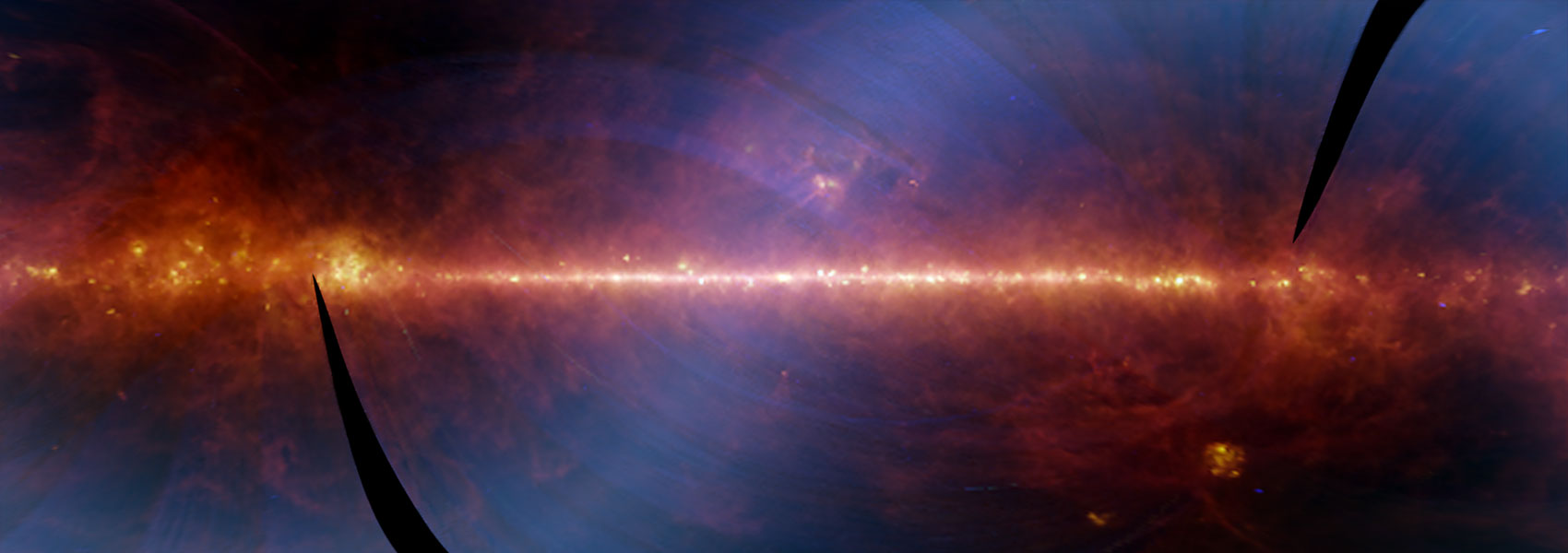October
2020
•
2020ApJ...901..109H
Authors
•
Hasselquist, Sten
•
Zasowski, Gail
•
Feuillet, Diane K.
•
Schultheis, Mathias
•
Nataf, David M.
•
Anguiano, Borja
•
Beaton, Rachael L.
•
Beers, Timothy C.
•
Cohen, Roger E.
•
Cunha, Katia
•
Fernández-Trincado, José G.
•
García-Hernández, D. A.
•
Geisler, Doug
•
Holtzman, Jon A.
•
Johnson, Jennifer
•
Lane, Richard R.
•
Majewski, Steven R.
•
Moni Bidin, Christian
•
Nitschelm, Christian
•
Roman-Lopes, Alexandre
•
Schiavon, Ricardo
•
Smith, Verne V.
•
Sobeck, Jennifer
Abstract
•
We present stellar age distributions of the Milky Way bulge region using ages for ∼6000 high-luminosity ( $\mathrm{log}(g)\lt 2.0$ ), metal-rich ([Fe/H] ≥ -0.5) bulge stars observed by the Apache Point Observatory Galactic Evolution Experiment. Ages are derived using The Cannon label-transfer method, trained on a sample of nearby luminous giants with precise parallaxes for which we obtain ages using a Bayesian isochrone-matching technique. We find that the metal-rich bulge is predominantly composed of old stars (>8 Gyr). We find evidence that the planar region of the bulge ( $| {Z}_{\mathrm{GC}}| \leqslant 0.25$ kpc) is enriched in metallicity, Z, at a faster rate (dZ/dt ∼ 0.0034 Gyr-1) than regions farther from the plane (dZ/dt ∼ 0.0013 Gyr-1 at $| {Z}_{\mathrm{GC}}| \gt 1.00$ kpc). We identify a nonnegligible fraction of younger stars (age ∼2-5 Gyr) at metallicities of +0.2 < [Fe/H] < +0.4. These stars are preferentially found in the plane ( $| {Z}_{\mathrm{GC}}| \leqslant 0.25$ kpc) and at Rcy ≈ 2-3 kpc, with kinematics that are more consistent with rotation than are the kinematics of older stars at the same metallicities. We do not measure a significant age difference between stars found inside and outside the bar. These findings show that the bulge experienced an initial starburst that was more intense close to the plane than far from the plane. Then, star formation continued at supersolar metallicities in a thin disk at 2 kpc ≲ Rcy ≲ 3 kpc until ∼2 Gyr ago.
Links



